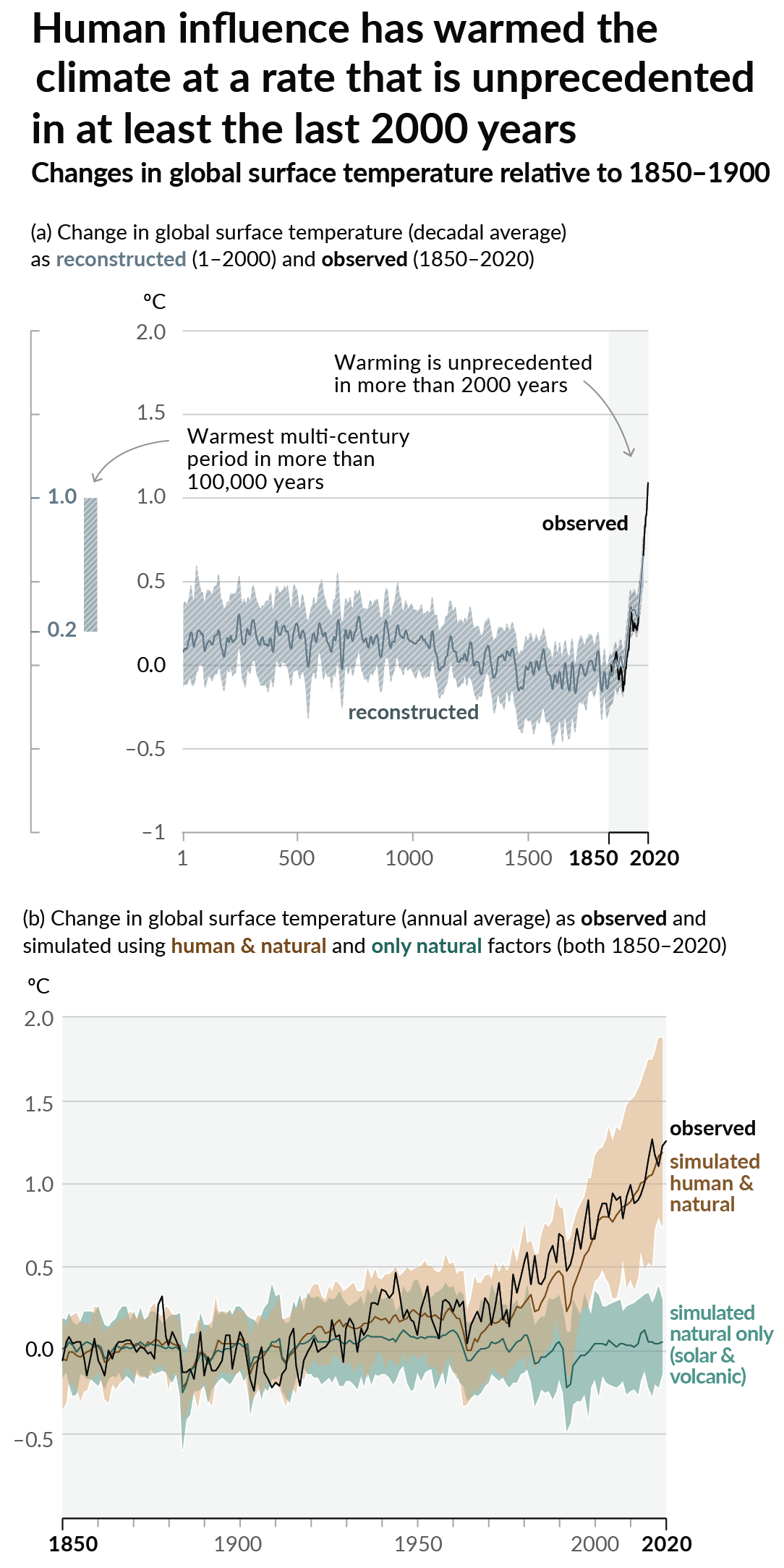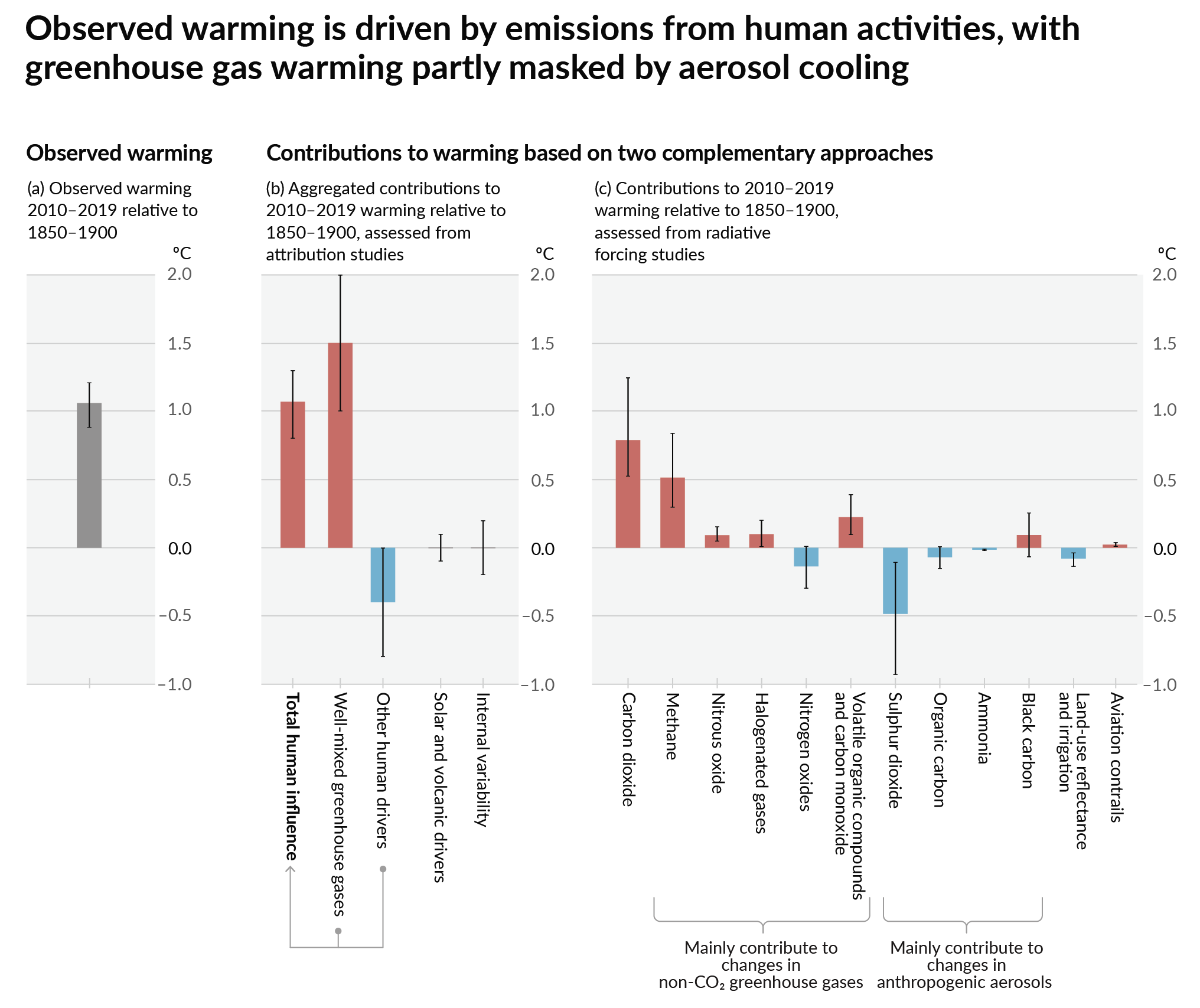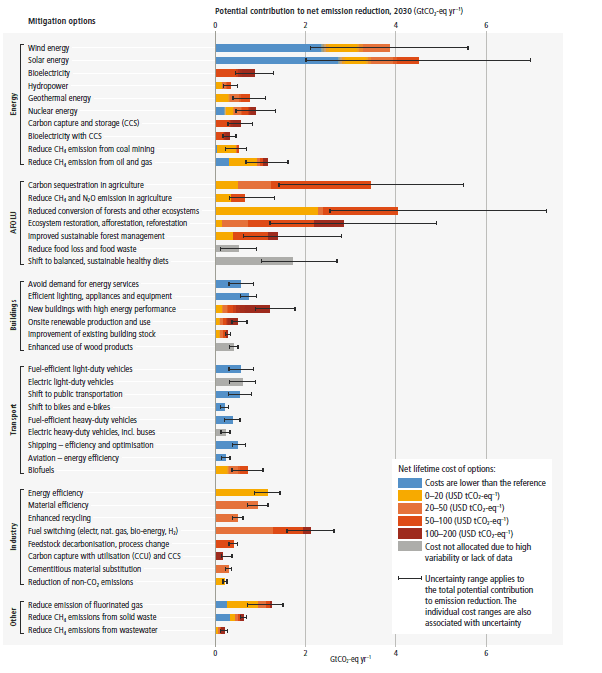this post was submitted on 20 Dec 2023
95 points (89.9% liked)
Climate - truthful information about climate, related activism and politics.
5618 readers
577 users here now
Discussion of climate, how it is changing, activism around that, the politics, and the energy systems change we need in order to stabilize things.
As a starting point, the burning of fossil fuels, and to a lesser extent deforestation and release of methane are responsible for the warming in recent decades:

How much each change to the atmosphere has warmed the world:

Recommended actions to cut greenhouse gas emissions in the near future:

Anti-science, inactivism, and unsupported conspiracy theories are not ok here.
founded 2 years ago
MODERATORS
you are viewing a single comment's thread
view the rest of the comments
view the rest of the comments
In urban areas, speed limits make very little difference to journey times because you spend so much of your journey either stationary at junctions or accelerating or decelerating out of and in to junctions. If you were to track how much time you spend actually doing ~30mph in a journey through a 30mph zone, you'd find it's very little of it!
Fair enough. Bit again. Get a bus then or tram train whatever.
I'more talking about out of the cities. Out of urban areas
In well designed urban areas, where lights are synchronized I would expect a change in speed limit without changes in traffic light logic to increase time spent waiting at lights.
This has a knock on effect in heavy traffic areas as a car in front stopping might take 10 seconds to take off when the signal changes, but each car behind them has the cumulative delay of each driver in front, so a 10 seconds delay for the first car would likely be closer to a full minute for the fifth car.
I'm not sure that this extra time spent idling would be enough to undo the reduction in emissions due to lowering speed limits (more likely for EVs I imagine), but if implemented sloppily (as has been the case every time I've ever seen a speed limit on a road reduced), it does add significant time to commutes during busy times and should actually be thought through properly, with other changes to optimize traffic because of it, fully considered.
A far more effective and cheaper way of reducing emissions is invest in reliable and affordable public transit options, or better yet safe cycle paths.